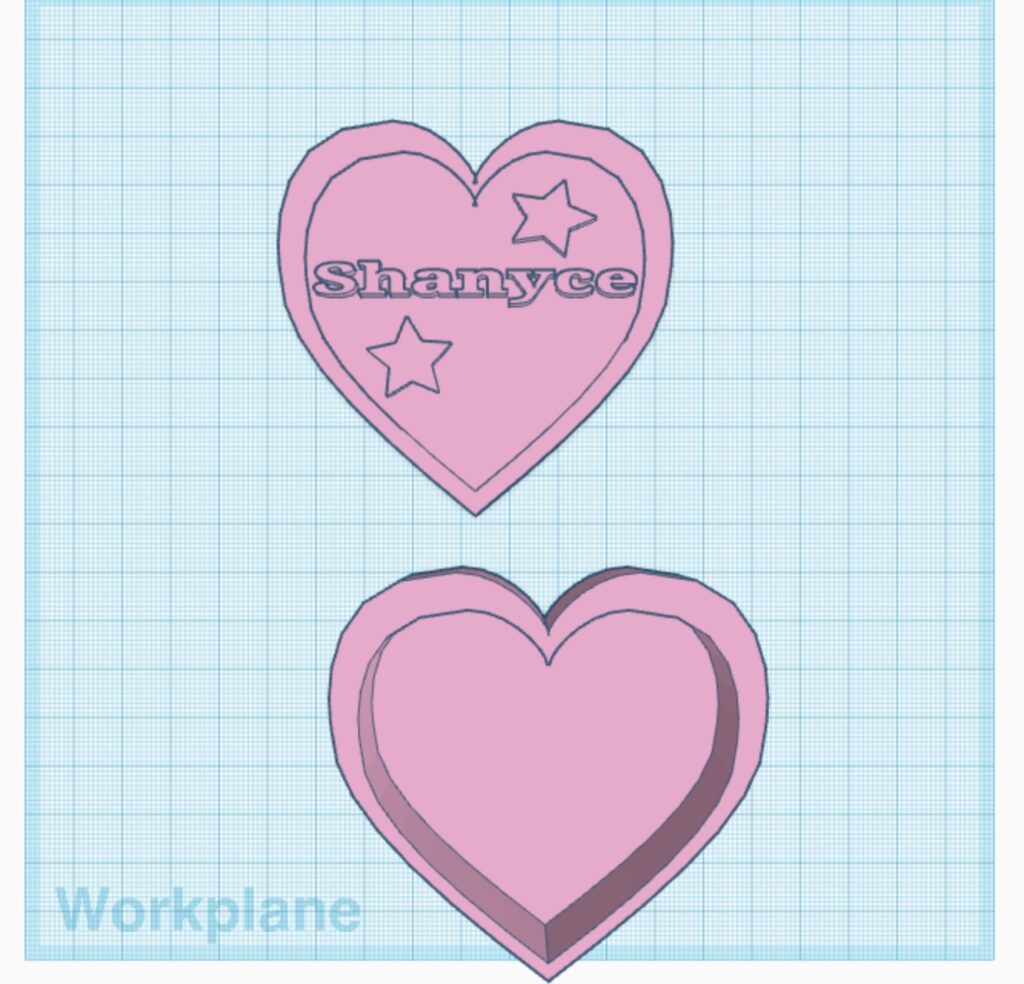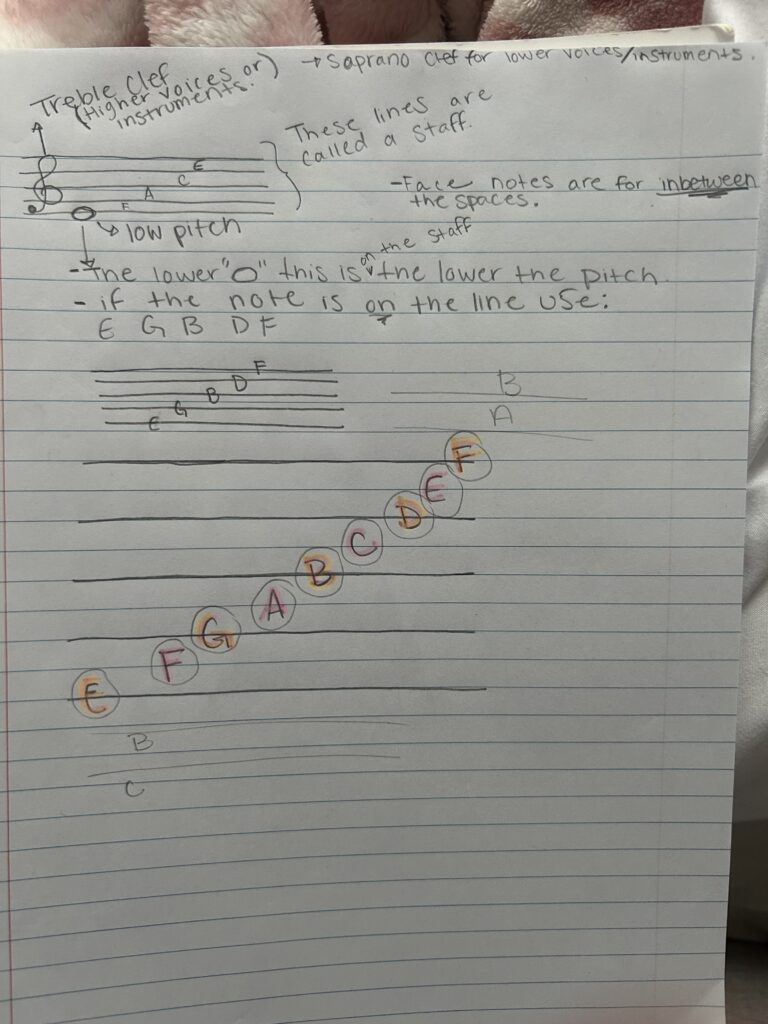Today for our 5th class, we had a guest speaker teaching us about 3D printers, and we got to design our own print. This was very interesting and completly new to me. After learning about 3D printing and design, it made me think about how useful it can be in education within a vareity of ages. I played around with it and made a small heart jewelry box, but it can be cross-curricular for school ages. For example, 3D printing could be very useful in language revitilization for many Indigenous languages or even braille. 3D prints can be used as a part of an interactive story or game or as signage, and the list continues. As a teacher, I could 3D print characters, objects or places in a traditional story to help engage learners. This is helpful because these peices are tangible and that may help students learn and understand better. In this situation, this can be cross-curricular because the students are learning language and culture.
Here’s the box I designed in class:

There could be many pros and cons to using 3D at the school level. The main pro would be the hands on engagement the print offers, this could further engage the students because the technology is new and different. The students would have access to learn the newest technology they may use in their future career, such as engineering, medicine, manufacturing etc… We could use 3D printing to make learning more accessible for disabled students. This could look like creating braille models for visually impaired students. On the contrary, there are also many cons that could come along with this. As it is new technology, it will be a learning curve for teachers and students, taking plenty of time when time is already limited. Secondly, the finding. Equipement may be expensive, along with maintenence and having to refill the materials. Schools with higher funding could find this useful, but schools with lower funding may not be able to afford the printer. Meaning this tool is not equitable for all.
The image below is what a 3D printer looks like, which we got to see during class!

Here’s a link to an explaination of 3D printing for kids, if you’re planning on teaching about them:



